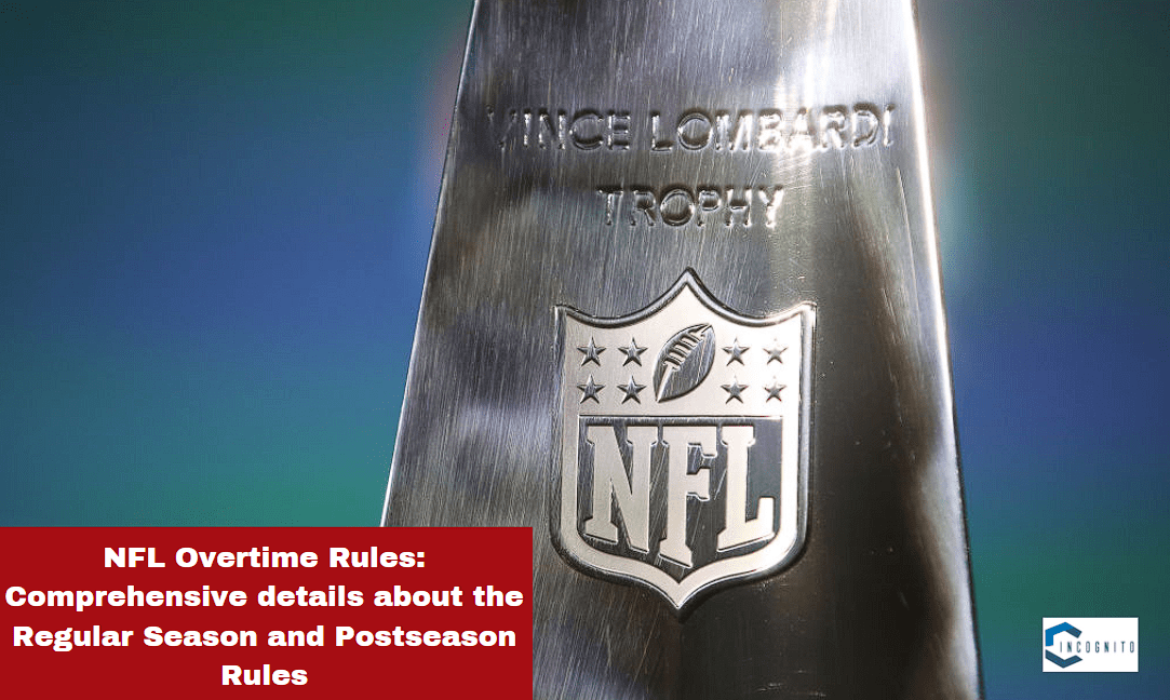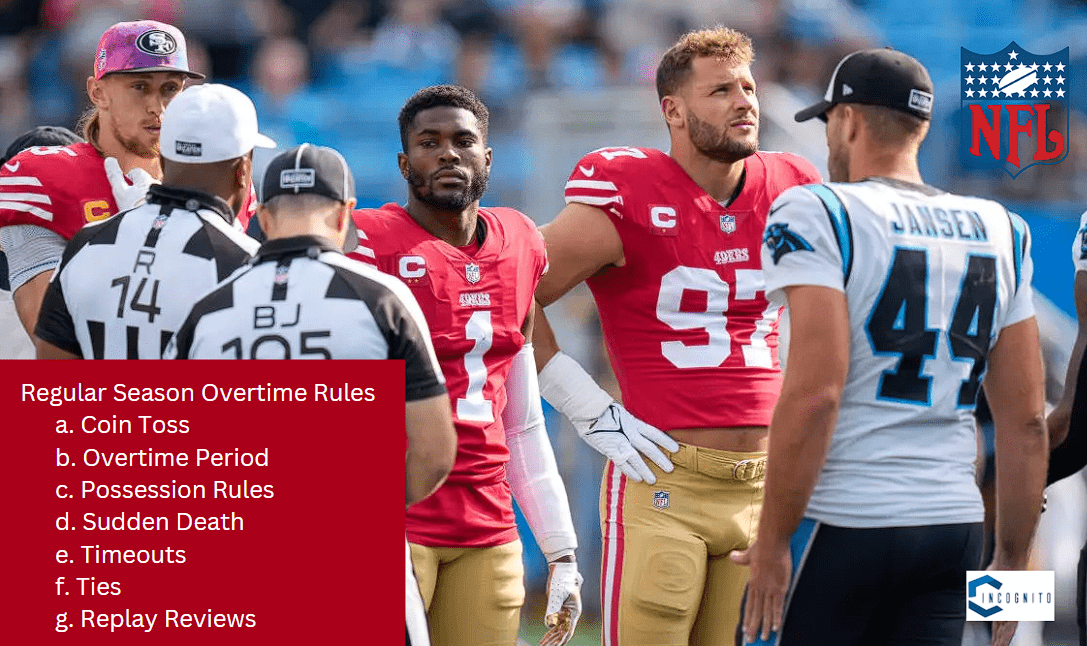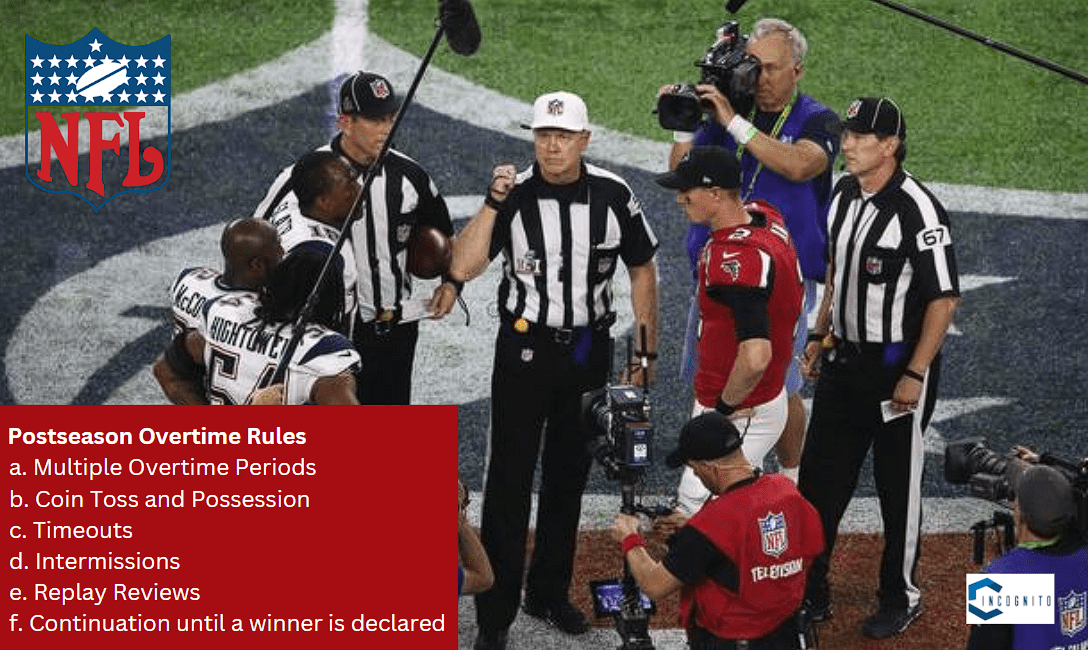
National Football League has been there for long and one of its most important features is Overtime.
Since its introduction, the rules for the overtime have changed many times. It shoulc be noted that the rules regarding overtime are different in regular season and postseason matches since this was designed to determine a winner if the teams are tied at the end of regulation.
Below is a complete description of the current NFL overtime rules in detail, including an overview of the various formats employed for regular and playoff games.
Keep reading, keep learning!
History
It was the year 1974 that the NFL introduced into its rules overtime to allow for a sudden-death period of 15 minutes. That is, whoever between the two teams made a score first within that timeframe was declared the winner. Changes to the rules have been underway since then to make them more reasonable and less injurious to players.
In the year 2012 the league modified the sudden-death format to guarantee that both teams had the opportunity to possess the ball unless the team receiving the kickoff scored a touchdown on its opening drive.
Probably the most recent meaningful change was in 2022, when the NFL instituted a rule that requires both teams to have at least one possession in playoff overtime, regardless of the outcome of the first drive.
Related: 2024 NFL Predictions
NFL Overtime Rules
Alright, time to know the Regular Season and Postseason overtime rules.

Regular Season Overtime Rules
Regular Season Overtime Rules:
- Coin Toss: There is a coin toss after the end of regulation to decide who receives the first possession. The visiting team captain calls the toss.
- Overtime Period: There is a single 10-minute, sudden death period with a three-minute intermission.
- Possession Rules:
- Each team is guaranteed a chance to possess the ball unless the team that receives the kickoff scores a touchdown in its first possession.
- If the first team scores a field goal, the opposing team gets a chance to respond.
- Sudden Death: The game goes to a sudden-death mode immediately following the opening possession. It means that any score such as touchdown, field goal, or safety will end the game.
- Timeouts: The overtime is given two timeouts per team.
- Ties: The game is recorded as a tie if the scores remain tied at the end of overtime.
- Replay Reviews: In overtime, there are no challenges from the coach. The single exception is within the two last minutes of the second half or fourth quarter; all reviews are initiated by the replay official.
Also read: Stephanie Niles, the Rising Star in the NFL Wags Community

Postseason Overtime Rules
Postseason Overtime Rules:
Overtime rules for postseason games are different in that a playoff game cannot end in a tie. They are designed to ensure there is a winner regardless of the time.
- Multiple Overtime Periods: If at the end of an overtime period the score remains tied, or if the second team has not ended its first possession, then additional overtime periods shall be played until a winner is determined.
- Coin Toss and Possession: The captain that lost the first overtime coin toss shall be given the option of either possessing the ball or choosing the goal to defend, provided the team that won the toss accepted that choice. Once that team has made its choice, it must take its choice and inform the Referee of its decision.
- Timeouts: Each team is allowed three timeouts in a half, counting the two overtime periods as one half.
- Intermissions: There is a two-minute intermission between each overtime period. There is no halftime break following the second overtime period.
- Replay Reviews: Like in regular-season overtime, there are no coach’s challenges – all reviews are initiated by the replay official.
- Continuation until a winner is declared: The game shall continue until a winner is determined. There is no limit on overtime periods.
Also read: Highest paid NFL Players of ‘24 Season
Key Changes and Controversies
The overtime format of the NFL has been a subject of great controversy with its evolution. In the 2021 AFC Championship Game, issues with the prior rules came into highlight as the Kansas City Chiefs defeated the Buffalo Bills. The Chiefs won the coin flip and scored a touchdown on the first possession, leaving the game over before the Bills even had a chance for response. This started widespread debate about whether or not the overtime format was fair.
In return, the NFL owners voted to change playoff overtime rules, ensuring that both teams would have a chance to possess the ball in postseason games. This move has been highly embraced by both fans and players, since it calls for a fair outcome when the moments are high-intensity.
Also read: Deion Sanders earning from NFL, MLB, and other businesses
Conclusion
NFL overtime rules follow the bases that give a fair and exciting end to tied games. While its basic premise remains firmly rooted in its original concept of sudden death, modifications over the years reflect a growing emphasis on both fairness and player safety.
Knowing the NFL overtime rules makes the experience of the fans much more interesting and emphasises that there are strategic elements linked to this specific part of the game. The NFL will always be evolving, and with that comes the regular revision in overtime to keep this area in American football thrilling.





